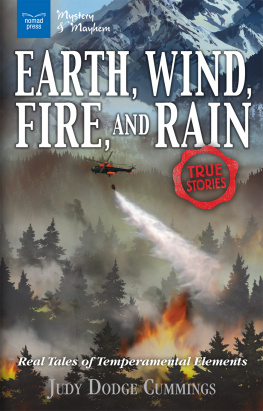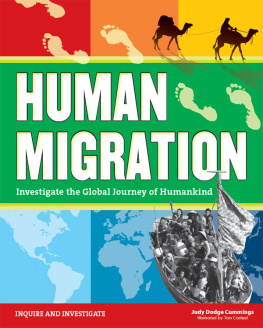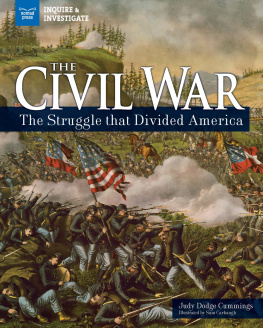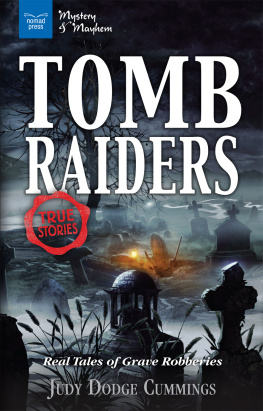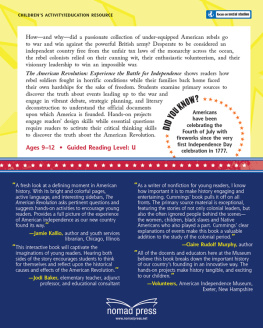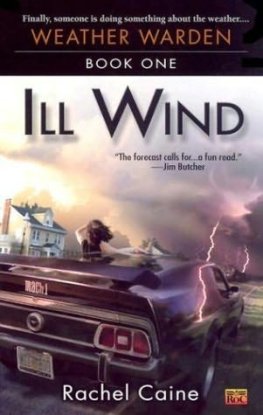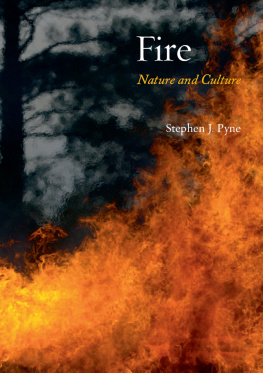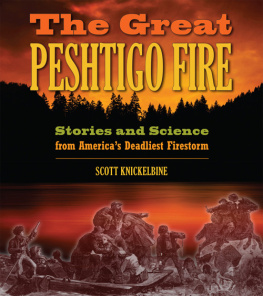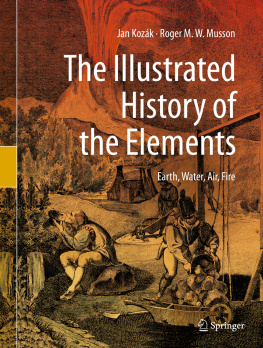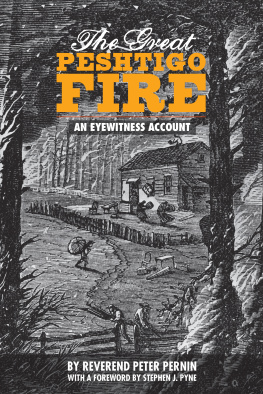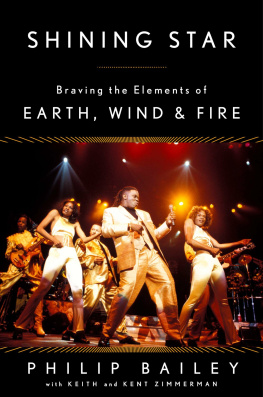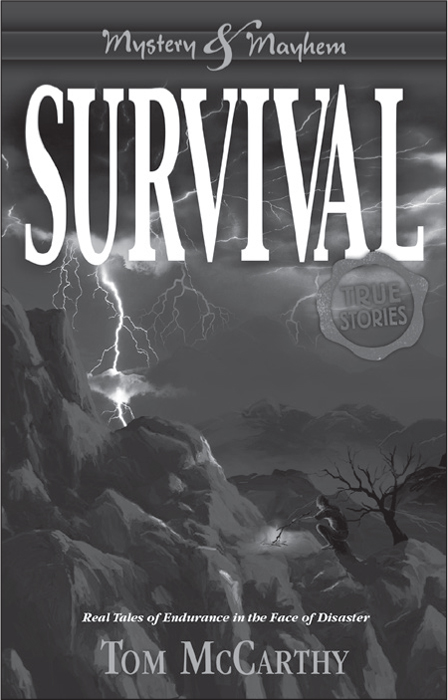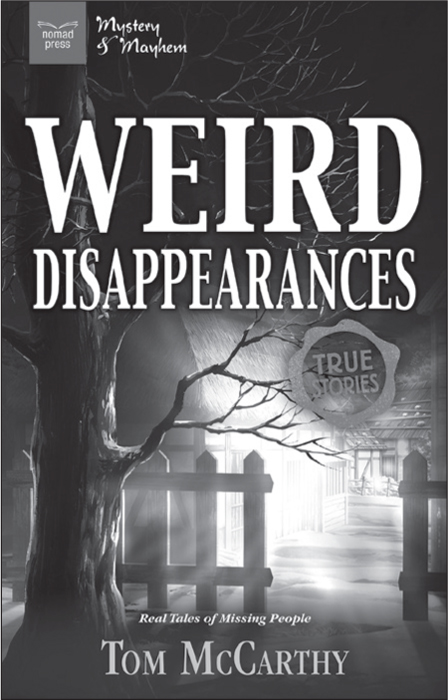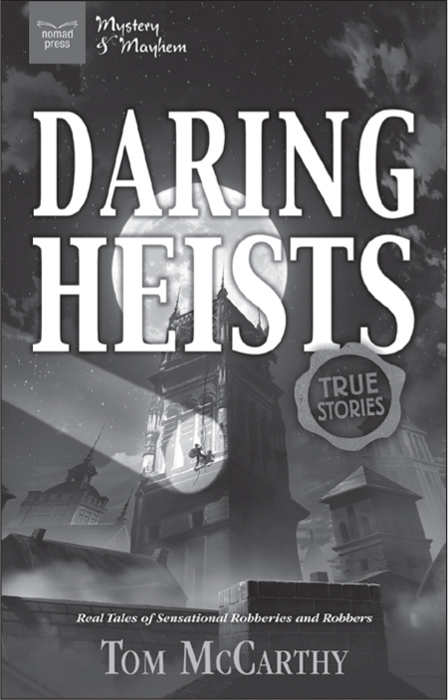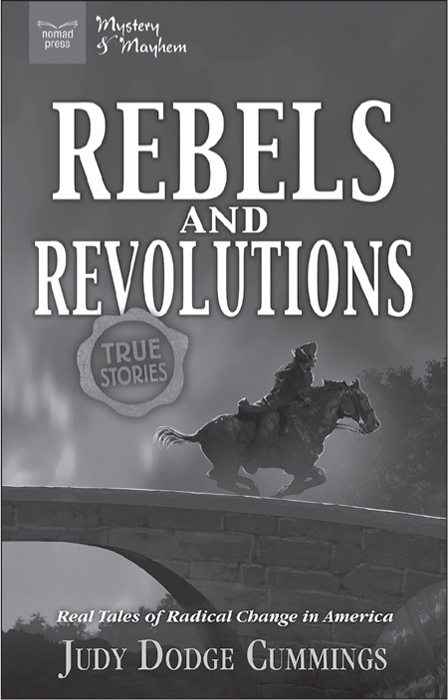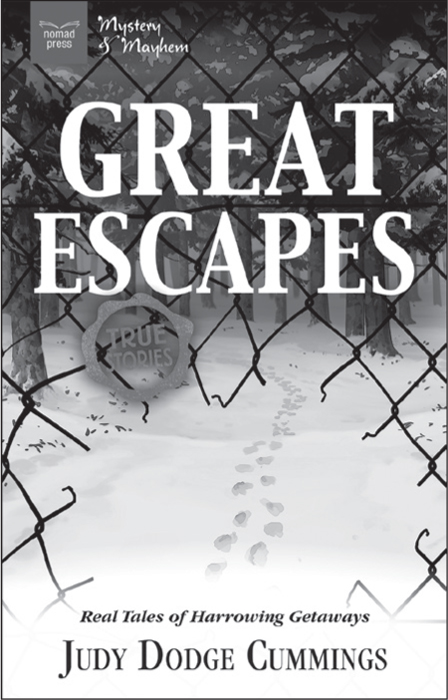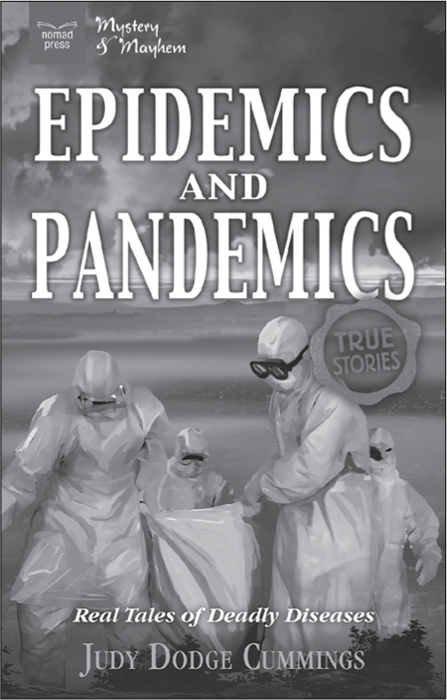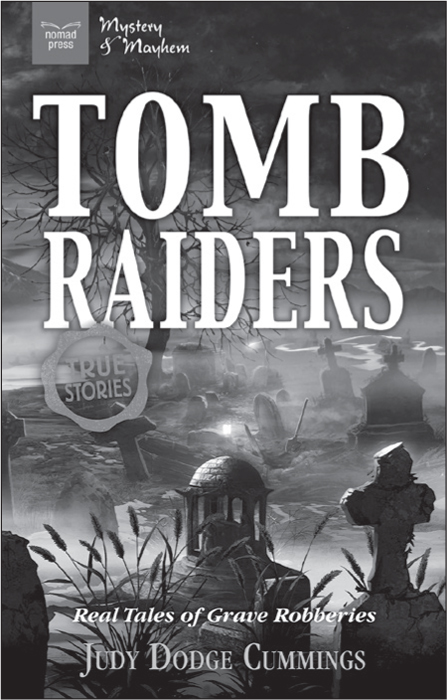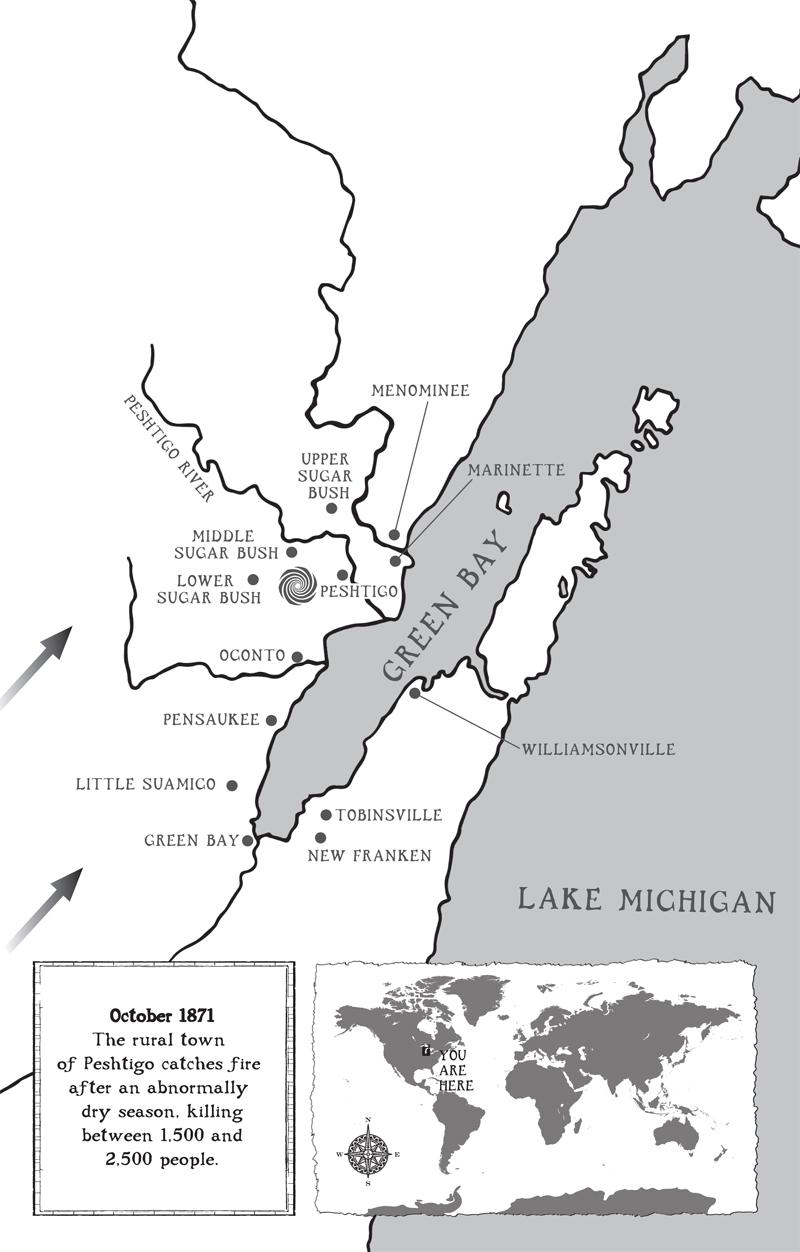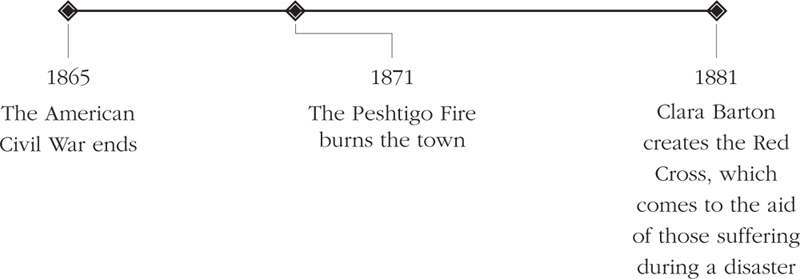Judy Dodge Cummings - Earth, Wind, Fire, and Rain: Real Tales of Temperamental Elements
Here you can read online Judy Dodge Cummings - Earth, Wind, Fire, and Rain: Real Tales of Temperamental Elements full text of the book (entire story) in english for free. Download pdf and epub, get meaning, cover and reviews about this ebook. year: 2018, publisher: Nomad Press, genre: Non-fiction. Description of the work, (preface) as well as reviews are available. Best literature library LitArk.com created for fans of good reading and offers a wide selection of genres:
Romance novel
Science fiction
Adventure
Detective
Science
History
Home and family
Prose
Art
Politics
Computer
Non-fiction
Religion
Business
Children
Humor
Choose a favorite category and find really read worthwhile books. Enjoy immersion in the world of imagination, feel the emotions of the characters or learn something new for yourself, make an fascinating discovery.
- Book:Earth, Wind, Fire, and Rain: Real Tales of Temperamental Elements
- Author:
- Publisher:Nomad Press
- Genre:
- Year:2018
- Rating:3 / 5
- Favourites:Add to favourites
- Your mark:
Earth, Wind, Fire, and Rain: Real Tales of Temperamental Elements: summary, description and annotation
We offer to read an annotation, description, summary or preface (depends on what the author of the book "Earth, Wind, Fire, and Rain: Real Tales of Temperamental Elements" wrote himself). If you haven't found the necessary information about the book — write in the comments, we will try to find it.
We might think humans have control over our environment, but Mother Nature has proven us wrong again and again.
Earth, Wind, Fire, and Water: Real Tales of Temperamental Elements tells the story of five of Americas deadliest natural disasters that were made worse by human error, ignorance, and greed. For example, in the fall of 1871, loggers and farmers chopped trees and burned brush in the vast forest around Peshtigo, Wisconsin. Fire was a tool they believed they could control. But on October 8, 1 million acres burned in the deadliest fire in American history. Later that century, meteorologists mistakenly predicted clearing skies for New York City on March 10, 1888. Then, two devilish storm fronts collided in what was called the Great White Hurricane. The blizzard brought New Yorkers to their knees and unprepared city leaders were powerless to help.
Powerless too were the residents of Johnstown, Pennsylvania, on May 31, 1889. A private club of wealthy businessmen owned a dam upriver from Johnstown. The club modified the dam to improve recreation on their private lake, but these changes weakened the structure. When heavy rains fell, the dam burst, flooding Johnstown with 20 million tons of water.
Residents of San Francisco had no warning when a massive earthquake struck on April 18, 1906. It toppled buildings, ruptured gas mines and ignited fires. Years of political corruption had underfunded the fire department, leaving it without the equipment or training to quench the inferno, and San Francisco burned. In the 1920s, farmers transformed the dry, windy southern Plains by digging up the buffalo grass and planting millions of acres of wheat. But nature fought back by turning this breadbasket into a Dust Bowl. On April 14, 1935, Black Sunday, a 200-mile cloud of dirt buried fields, livestock, and people.
Peoples choices did not cause these disasters, but they did give the forces of nature an extra nudge. However, tragedy sparked reforms in weather forecasting, soil and forest management, and emergency preparation. But rememberno one can control nature. So be prepared to get out of the way when disaster strikes.
This is the tenth book in a series called Mystery & Mayhem, which features true tales that whet kids appetites for history by engaging them in genres with proven track recordsmystery and adventure. History is made of near misses, unexplained disappearances, unsolved mysteries, and bizarre events that are almost too weird to be truealmost! The Mystery and Mayhem series delves into these tidbits of history to provide kids with a jumping off point into a lifelong habit of appreciating history.
The five true tales told within Earth, Wind, Fire, and Water are paired with maps, photographs, and timelines that lend authenticity and narrative texture to the stories. A glossary and resources page provide the opportunity to practice using essential academic tools. These nonfiction narratives use clear, concise language with compelling plots that both avid and reluctant readers will be drawn to.
Judy Dodge Cummings: author's other books
Who wrote Earth, Wind, Fire, and Rain: Real Tales of Temperamental Elements? Find out the surname, the name of the author of the book and a list of all author's works by series.

